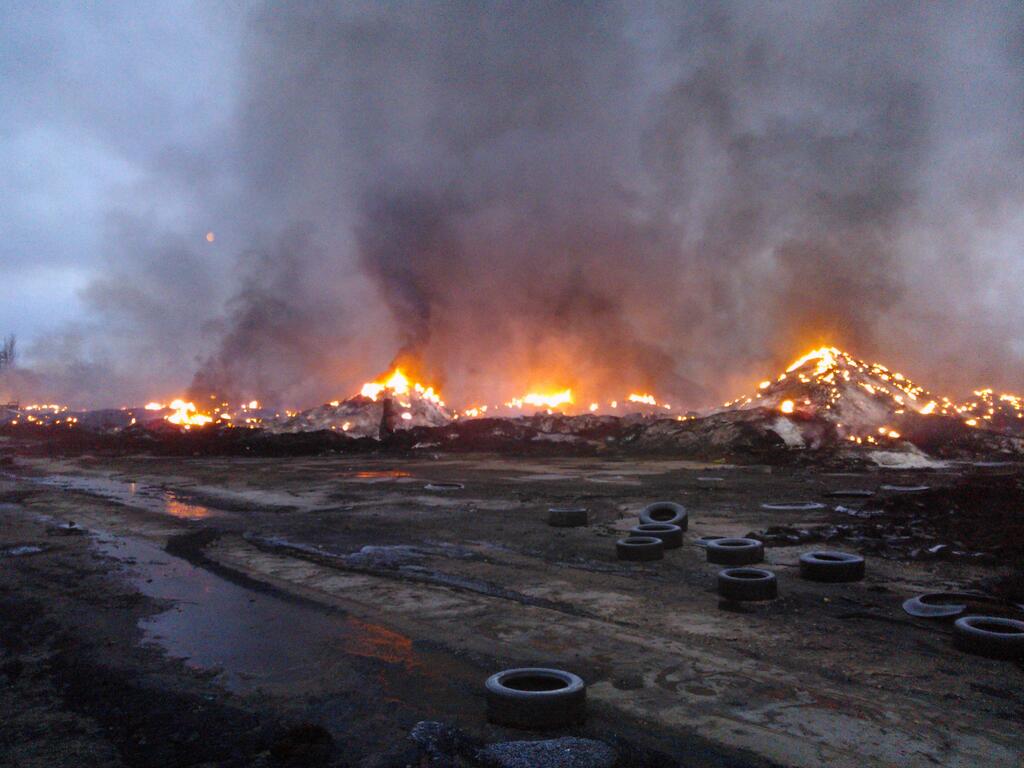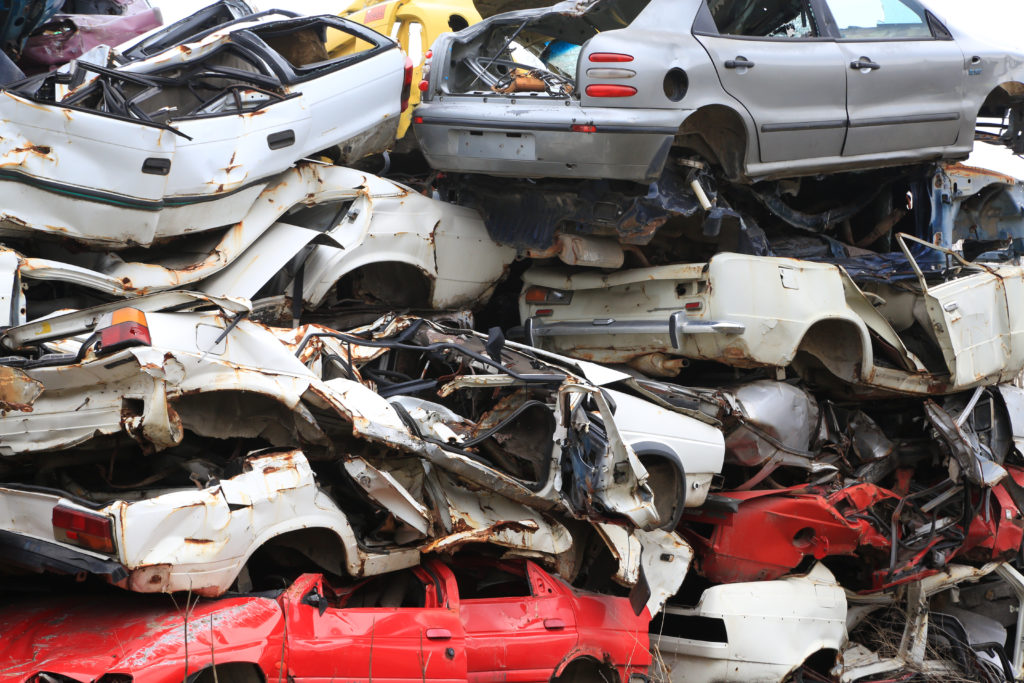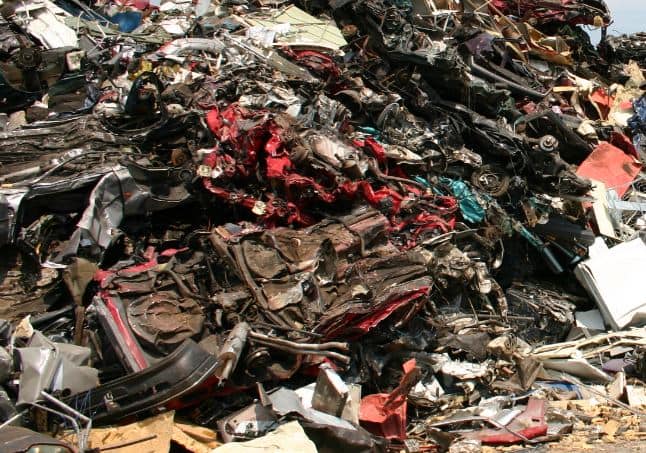Tyre recyclers and retreaders have condemned proposed guidelines for the safe storage of waste tyres as counter-intuitive and have claimed that if adopted, the guidance could decimate legitimate businesses.
Both the Retread Manufacturers Association (RMA) and the Tyre Recovery Association (TRA) have spoken out against the draft guidance, which outlines measures waste site operators must take to avoid fires, and was launched for consultation in June (see letsrecycle.com story).

The guidance, which was developed by the Waste Industry Safety and Health (WISH) forum, in conjunction with the Environmental Services Association, the Environment Agency and the Chief Fires Officers Association, is intended to replace existing temporary Technical Guidance Notes which have been in effect from 2013.
A consultation on the document ended on July 25. The draft version stated that waste materials, including tyres, must be stored no more than 5 metres in height, at a width of 20 metres, with an individual separation distance of 6 metres between them.
Both the tyre retreading and recycling industries claim that the stipulations set out in the draft version of the fire guidance document are unviable and could result in some legitimate firms being forced out of business.
Consultation
Commenting on the guidance, Patrick OConnell, president of the RMA, questioned the consultation process, claiming that his organisation had not been given any opportunity to contribute to the document.
‘As an industry we have worked closely with the Environment Agency and industry colleagues to develop approaches to safer storage standards but our work appears to have been jettisoned in favour of a set of proposals from those with no knowledge whatsoever of our industry, commitment to regional employment or to better sustainability.’
Patrick O’Connell, Retread Manufacturers Association
He said: This WISH document has been developed without any consultation whatsoever with Britains retreaders. The RMA is wholly supportive of the need to ensure that the spread of site fires, as presently expressed, these proposals from the WISH group are unworkable.
As an industry we have worked closely with the Environment Agency and industry colleagues to develop approaches to safer storage standards but our work appears to have been jettisoned in favour of a set of proposals from those with no knowledge whatsoever of our industry, commitment to regional employment or to better sustainability.
These WISH proposals are wholly destructive in their present form and if implemented would totally undermine the operational economics of many of our members businesses.
‘Disingenuous’
The TRA has also described the consultation process for the drafting of the guidance as wholly disingenuous claiming that they had not been asked to contribute to the guidance before the draft was published and has called for the document to be re-visited before a final version is adopted.
In a statement the organisation also claimed that it had worked with the Environment Agency since 2011 to produce a set of standards for the safe storage of waste tyres, but that the proposals outlined in June did not take into account any of this work.
TRA secretary general Peter Taylor said: We support best practice and the need for ever-higher standards but in their present form WISH norms are wholly unworkable and would by common consent put even the very best collectors and recyclers out of business, so unrealistic are the proposals.
WISH
Responding to the comments WISH forum chair Chris Jones said that it had received comments on the consultation from a wide range of parties from the waste sector, all of which would be factored into the final document.
Related Links
He said: “The TRA were included in those who consulted on this draft of the guidance, and were one of the organisations which were provided with a personal meeting with the Chairman of WISH and the Chair of the WISH fires working group as part of the consultation process.
“Feedback from consultees has been positive on the majority of the document and the comments provided will be useful in shaping the final form of the document. The comments and views of the industry, regulators and others will continue to be sought as the document evolves and is finalised.”









Subscribe for free